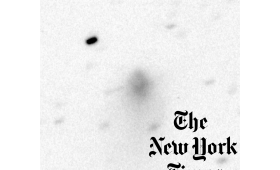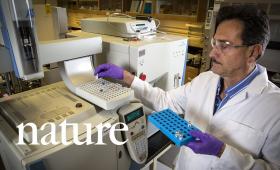Astronomers spot an asteroid being struck by another object.
Press
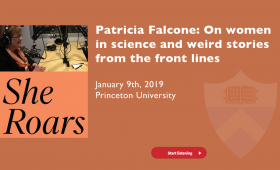
Deputy Director for Science and Technology Pat Falcone discusses her career, and women in science and technology in this Princeton University podcast.
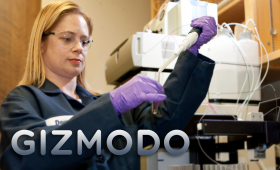
Dawn Shaughnessy's team is partially responsible for adding six new elements to the periodic table’s ranks.
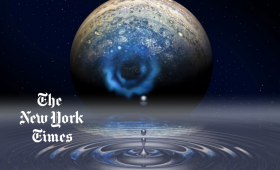
With gentle pulses from gigantic lasers, scientists at Lawrence Livermore National Laboratory transformed hydrogen into droplets of shiny liquid metal using the world’s largest and most energetic laser.
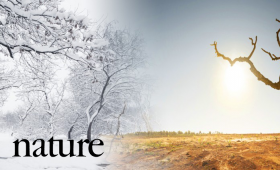
Nearly four decades of global temperature data collected by satellites reveal the atmospheric fingerprint of climate change.
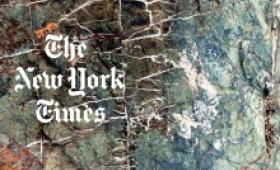
The rocks in Oman remove planet-warming carbon dioxide from the air and turn it to stone. In theory, these rocks could store hundreds of years of human emissions of CO2.
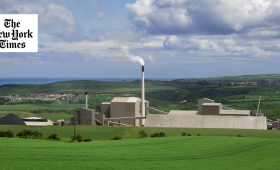
What are nations like North Korea and Iran really doing at nuclear reactors that are out of sight?
Someday, wispy subatomic particles known as antineutrinos could provide a clear view of what countries with illicit nuclear weapons programs are trying to hide.
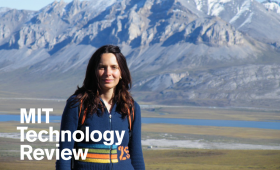
Lawrence Livermore’s increasingly powerful climate models have sounded a stark warning for California.
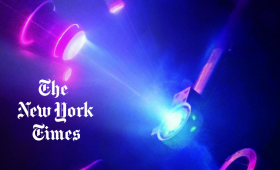
Long theorized to be found in the mantles of Uranus and Neptune, the confirmation of the existence of superionic ice could lead to the development of new materials.


